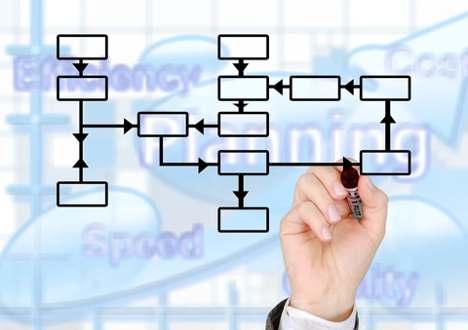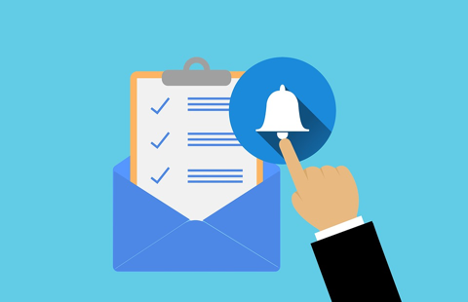
You value your employees and want to help them out the best you can. However, you don’t know quite how to do it. What’s going to be beneficial to them? A new coffee machine? Some fancy software for automating SAP? Training sessions? All these things sound great, although how they will benefit your company and employees long-term is up for debate.
Perhaps it’s time to consider developing a career path framework for employees. Not only does this help to clarify the career goals of your employees, it also can aid your company in retaining employees and reducing hiring costs. People like to have a purpose, and by clarifying and assisting them with their career goals, you can benefit them and the company.

What Is a Career Path Framework?
Essentially, this is a map of how to get to different job roles in your company. These can be higher managerial roles that require developing certain skills and working up the ranks or roles in different departments, which may need a more adjacent move. By drawing up a framework, you help your employees to easily see the opportunities for development and promotion within your company.
Not everyone’s career path is going to look the same, and not everyone wants the same experiences, so this framework needs to be pretty flexible. Having a range of end goals is essential, as is having an array of routes to reach them.
This is a great chance to show the diversity of roles within your company. It may sound like a lot of work to create a thorough framework that works for your company. However, it’s not as difficult as it sounds. With our help, you’ll have a career path framework in place and inspiring employees in no time.
- Check Your skills: Fundamental to a career path framework are the skills your employees build and where they can take you. Make a list of the various skills needed and practiced in the different roles within your company. Some roles may have similar skill sets, even though they typically are seen as distinct. Similarly, some roles may need skills your company doesn’t currently foster. Use these to inform the interactive employee training events you host, as well as the possible employee career moves.
- Find Links Between Job Roles: Once you have identified the variety of skills needed for different job roles, identify links between jobs with similar skill sets. This isn’t always through directly rising through the ranks but sometimes can lead to adjacent career moves, too. Remember, each employee will have different talents and preferences, so the wider the range of career paths you can identify, the more useful your framework will be.

- Use Real-Life Stories: People generally resonate more with personal anecdotes, as it acts as proof that it can, indeed, be done. Speak to employees in a variety of job roles in your company and ask about their career path to where they are now. Use these stories to encourage employees and highlight the routes by which it would be possible within your company. You might want to create a mentoring scheme, perhaps investing in VoIP for small businesses, to pair up employees with higher managerial personnel, regularly communicating to offer advice on professional advancement.
- Speak to Employees: As corporate mind-reading is still in its infancy, at some point, if you want to know the direction your employees are hoping to progress in, you’re going to need to start a conversation. Whether you do this through in-person one-to-ones, videoconferences, or other team communication tools, directly ask your employees where they are aiming to go professionally. It’s far easier to create a useful career path framework when you know the sorts of careers your employees want.
Share Your Frameworks
There’s not a lot of point in creating a super detailed career path framework if no one knows it exists. Make sure new recruits have a copy of it and encourage managers to regularly direct their team to it in their meetings. Also, emphasize the opportunities for development with your employees—from rapid eLearning for specific skills to internal job openings, employees can only make the most of them if they know they are available.

What’s the Benefit for You?
Admittedly, the career path framework is incredibly employee-centric which can seem time-consuming and not the best use of company resources. However, not only does the framework encourage and support employees who advance within your company, it also helps you to recognize where additional skill training is needed, opens up conversations with employees, and makes the best use of the skills employees have.
By investing in the career development of your employees, you invest in the future of your company. Although it is still likely some employees will seek advancement elsewhere, showing that it is possible by staying with your company can increase internal applications, job satisfaction, and a sense of community. It’s not surprising that when employees do well, so does the company.
Develop Your Career Path Framework
It’s time to show your employees just how far your company can take them. Whether one day they want to be CEO, explore different departments of the company, or build specific skills, give employees the guidance and advice they need. There’s no need for 73 percent of employees to change employers to get ahead in their career if they know they can stick with you and get ahead.
Start the conversation about employee career paths today and start planning for tomorrow. Be open to the whole range of career paths available, however non-traditional they may seem. It may turn out to be just the encouragement needed for your employees. Develop a career path framework for your company now and see what a difference it makes.



